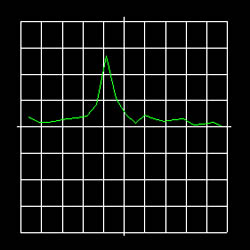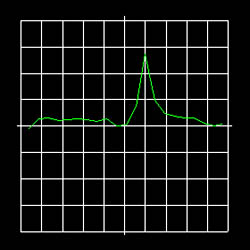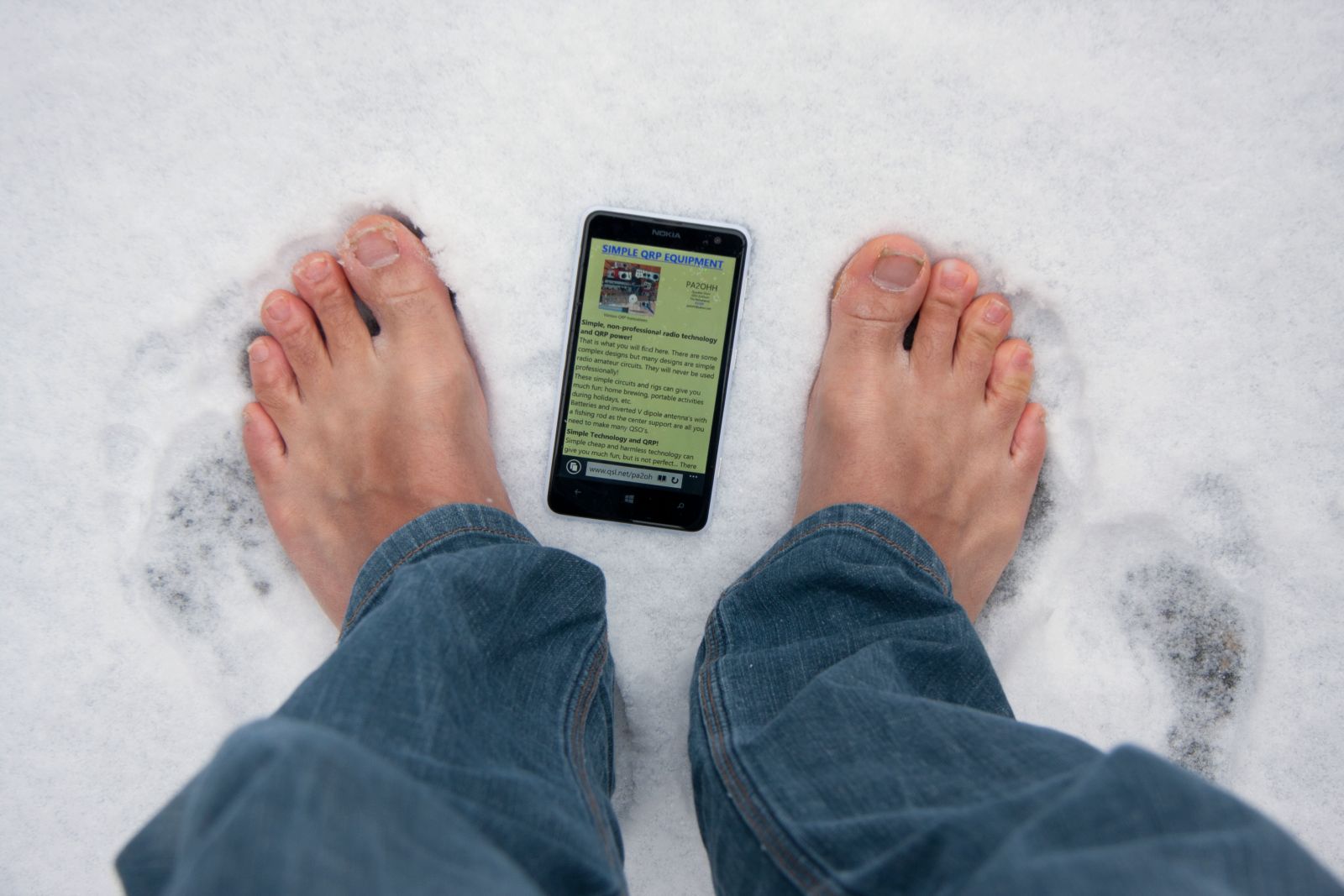
A 700 Hz tone: a DOT!

A 750 Hz tone: a DASH!

No specific tone: a space
MORSECODE IS GOING TO CHANGE!
(2005)
KLIK HIER VOOR DE NEDERLANDSE VERSIE
Drastic change of Morsecode!
The problem
The problem is that correct decoding of Morsecode can only be done by ear. As the employees in Monitorstations that can do that will retire soon, it is necessary to change the transmit mode so that it will be possible for the Authorities to decode CW signals correctly with use of PC's. In principle, the Morsecode is not changed but only the way the code is transmitted. But the new mode has so many advantages that it should be implemented as soon as possible!
The solution, from DOT-DASH to TWOOT-TWEET!
In fact it is already an existing Morsecode mode, invented by Radio amateurs! This mode is used for CW transmissions of QRPp beacon transmitters and is called Dual Frequency CW or DFCW. These beacons use a shift of 5 Hz but that is too small for decoding by ear. Therefore, the DASH is replaced by a DOT of which the tone is 50 Hz higher instead of 5 Hz.
Audio spectrum 25 Hz/div. A 700 Hz tone: a DOT! |
Audio spectrum 25 Hz/div. A 750 Hz tone: a DASH! |
Audio spectrum 25 Hz/div. No specific tone: a space |
| New Mode | Old Mode |
|
100 milliseconds 700 Hz tone (DOT) 100 milliseconds off (space) 100 milliseconds 750 Hz tone (instead of a DASH of 300 milliseconds) |
100 milliseconds 700 Hz tone (DOT) 100 milliseconds off (space) 300 milliseconds 700 Hz tone (DASH of 300 milliseconds) |
| 300 ms total time 200 ms transmitter on time |
500 ms total time 400 ms transmitter on time |
The new transmit mode for the Morsecode can be decoded quite easily by computer software. Not the length of the signal but the frequency is the factor that is important. Decoding is simple and clear: When a DOT is transmitted, then the 700 Hz audio channel is the strongest one. When a DASH (now a DOT with 50 Hz tone shift) is transmitted, the 750 Hz audio channel is the highest level. Are both channels more or less the same, then it is a space or interference. As all the symbols have the same length, it is much easier to decode the end of a character and if it is a DOT or a DASH.

Nowadays we do have everywhere telephone and internet, even while walking in the snow!
And it is hard to find people that can decode Morsecode!
Disadvantages
Of course there are some disadvantages too. The transceivers have to be modified. But simple modification kits will be available soon. For home made equipment only a few extra components are required like a varicap for the frequency shift.
It is not possible to use an ordinary CW key. You have to use a paddle, but in practice, everyone is already using that.
Finally...
The good old Morsecode will not disappear! The story was intended to be a joke but became so realistic that it was too difficult to distinguish it from reality! But it is nice to try DFCW, click the link here below. Who knows, perhaps it will be an often used mode in the future!
DFCW TEST LINK:
05dfcwmorse1.htm